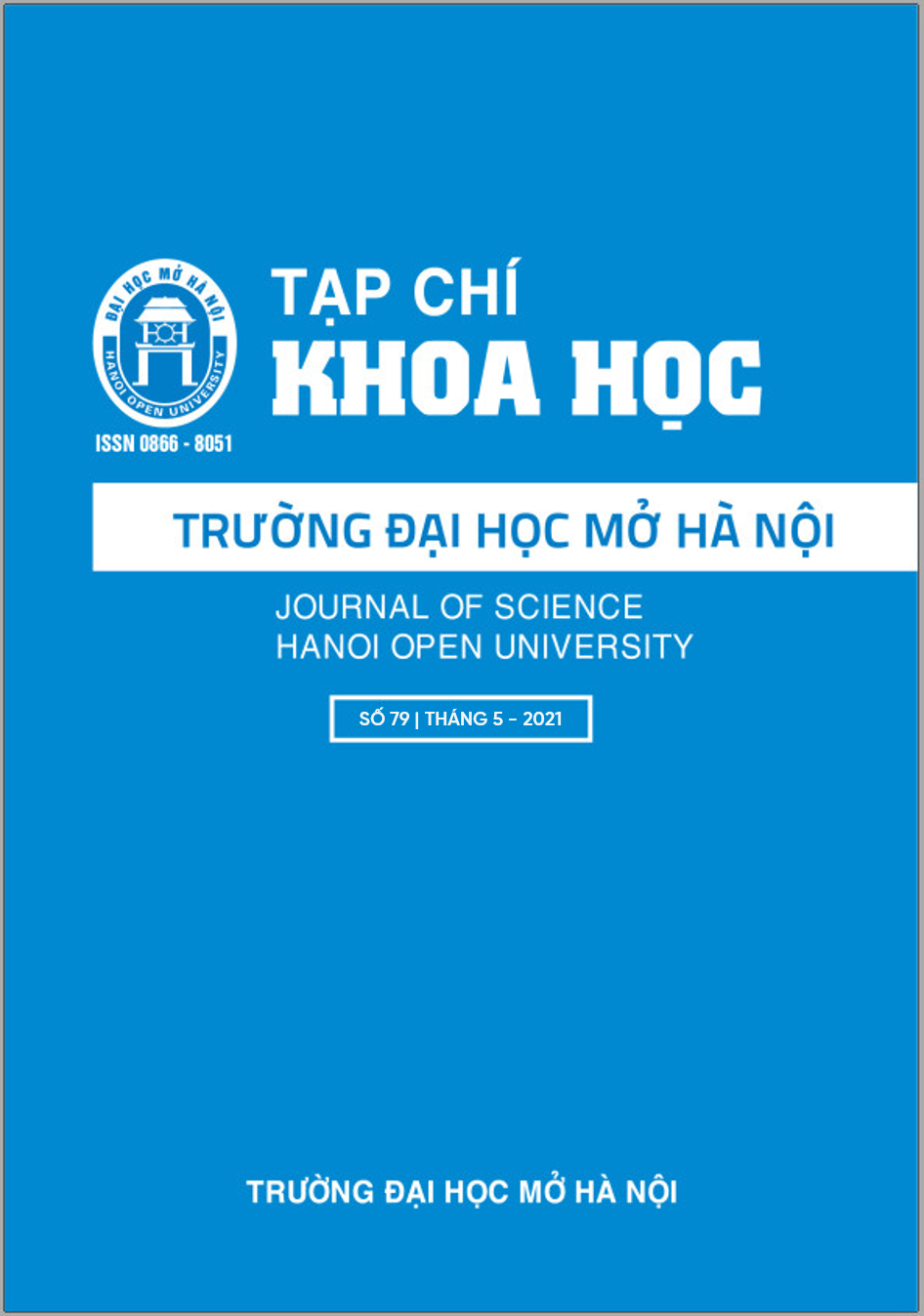ARTISTIC AND CULTURAL VALUES OF TILE-ROOFED BRIDGES IN THE NORTHERN DELTA REGION IN CONTEMPORARY LIFE
Keywords:
Tile-roofed bridges, Artistic and cultural values, the Northern Delta region, rchitecture, sculptureAbstract
In almost every region of the country, the presence of spans, bridges are considered as indispensable presences that, depending on the terrain of each village, they perform everyday functions as serving travel, connecting space and time, serving people’s daily living and livelihood needs. Those spans and bridges are always associated with the spiritual life, with the cultural living environment of a certain resident community. They become cultural symbols for the mark of a village, besides the “banyan trees, water wharf, communal house yard”, and sometimes, each bridge body also bears historical - cultural imprints / vestiges, with cultural, aesthetic - artistic characteristics, values of religious beliefs of each region. The tiled bridge system in Vietnam in general and the Northern Delta region in particular has unique architectural and sculptural artistic values, embodied in folklore expressed through the talented hands of ancient artisans.
Each bridge in a different space plays an important role in the indigenous cultural life in the countryside where it was born. From the current state of existence of the tile-roofed bridges in the Northern Delta region, it is essential to solve the core issues of scientific significance and practical application, raise the problem of dealing with the artistic and cultural values of the tile-roofed bridge to confirm the artistic and cultural values of folk architecture and sculpture in contemporary society.
References
[1]. Trần Văn Anh (2015), Nghệ thuật kiến trúc và điêu khắc cầu Ngói, chùa Lương - Nam Định, Luận văn thạc sĩ, Đại học Mỹ thuật công nghiệp.
[2]. Nguyễn Du Chi (2000), Trên đường tìm về cái đẹp của cha ông, Nxb Mỹ thuật, Hà Nội
[3]. Nguyễn Thị Phương Duyên (2006), Cây câu trong văn hóa Nam Bộ, Kỷ yếu hội thảo “Đồng bằng sông Cửu Long: thực trạng và giải pháp để trở thành vùng trọng điểm phát triển kinh tế giai đoạn 2006-2010”. Nxb Đại học Quốc gia Tp.HCM, 2006).
[4]. Nguyễn Thị Thu Hương (2017), Biểu tượng cây cầu – từ đời sống văn hóa đến ca do trữ tình người Việt, Khóa luận tốt nghiệp ngành Văn học, Trường Đại học Sư phạm Hà Nội 2017.
[5]. Bùi Văn Long (2017), Độc đáo Cầu ngói xứ Nam, Tạp chí Văn hóa nghệ thuật số 397- 2017. Bộ Văn hóa Thể thao & Du lịch
[6]. Bùi Văn Long (2017), Nghệ thuật kiến trúc, điêu khắc cầu ngói khu vực Châu thổ Sông Hồng, Tạp chí mỹ thuật số 2017-2018, Hội Mỹ thuật Việt Nam.
[7]. Chu Quang Trứ (2002), “Cây cầu trong văn hóa Việt cổ”, Văn hóa Việt Nam nhìn từ Mỹ thuật, tập I, Nxb Mỹ thuật, Hà Nội.
[8]. Hữu Nghị (2020) Độc lạ cây cầu hình chiếc thuyền nan úp ngược tại Hà Nội, Báo Dân trí
